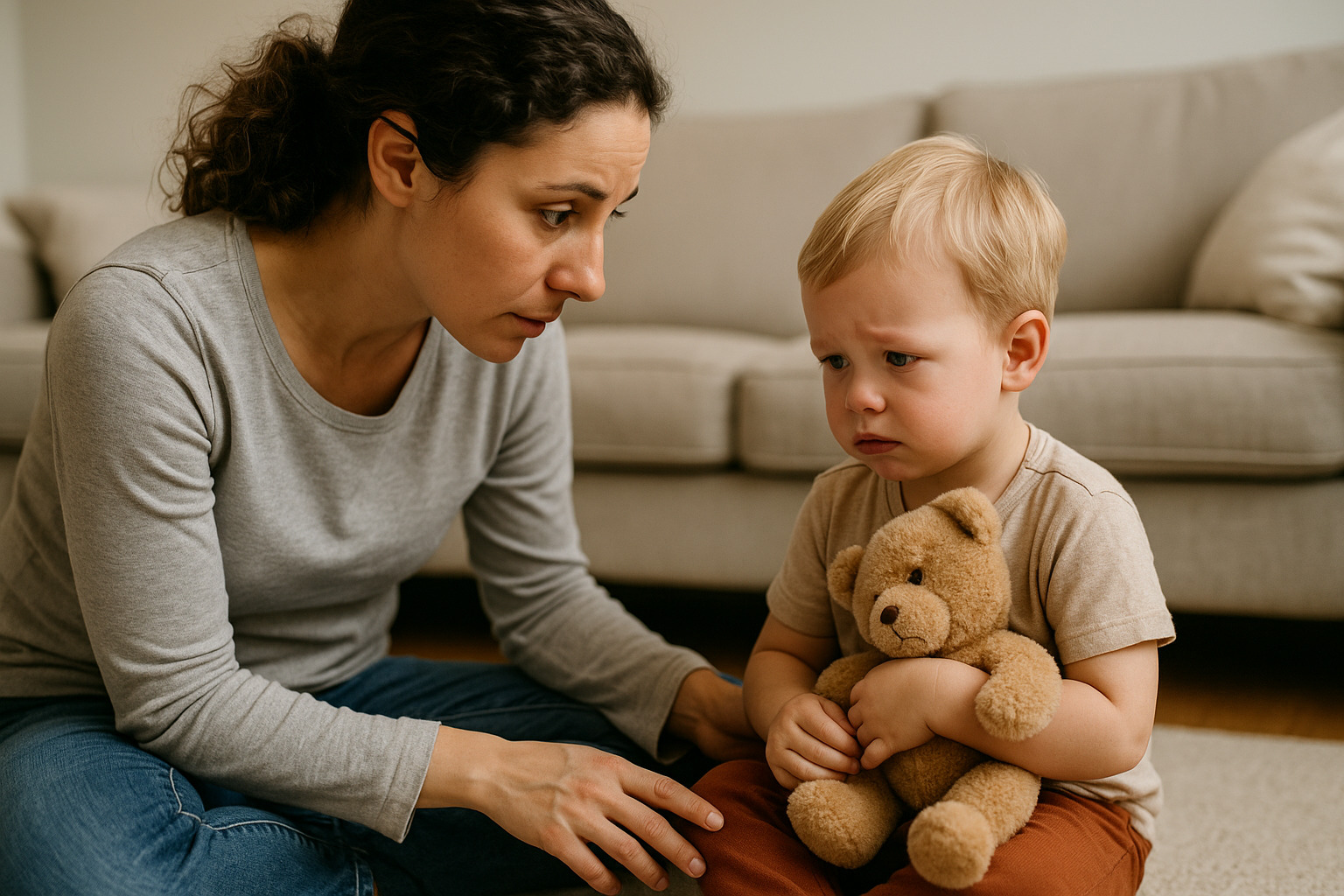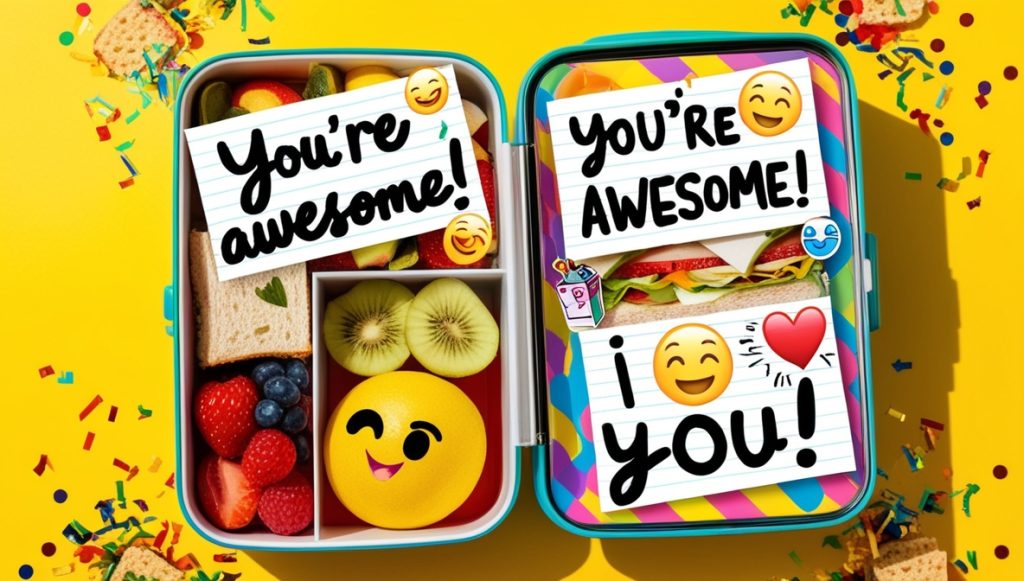Can toddlers learn empathy? Yes—through modeling, repetition, and hands-on activities. Empathy isn’t an abstract skill reserved for older children. It can be nurtured early, laying the groundwork for emotional intelligence, kindness, and social connection.
Why Start Early?
Toddlers are absorbing behaviors and emotions constantly. They mimic adult expressions and responses. The way adults treat others becomes the blueprint for how they engage with peers, animals, and even toys. Waiting until later years misses a key developmental window.
Modeling Empathy Through Everyday Moments
Children don’t learn empathy from lectures. They learn from what they see and experience. These small, repeated actions shape their social understanding:
- Use emotional language. Say things like “You seem sad,” or “He looks happy you shared.”
- Narrate your own feelings. “I’m feeling tired today, so I might need a little quiet time.”
- Acknowledge their feelings clearly. “You’re frustrated because the block tower fell.”
- Show kindness in action. Let them witness you comforting others, being patient in lines, or speaking gently when something goes wrong.
Simple Activities That Teach Empathy
1. Feelings Faces with Mirrors
Give your toddler a mirror. Say an emotion—“happy,” “angry,” “surprised”—and make the face. Let them copy you. Talk about situations that bring out those emotions. It helps link expressions with real-life events.
2. Stuffed Animal Care
Give them a plush toy and say the toy is feeling sick or sad. Ask what might help. Maybe the bear needs a hug, a blanket, or a story. They begin practicing emotional caregiving in a way that’s tangible.
3. Emotion Sorting Game
Print out or draw faces showing different emotions. Have your toddler sort them into happy, sad, or angry piles. Then talk about what might cause those feelings. “Why might someone feel scared?” Their answers open conversations.
4. Empathy Books
Choose picture books focused on kindness, understanding others, or dealing with emotions. Pause to ask, “How do you think she felt?” or “What could he do to help?” A few great examples include:
- The Rabbit Listened by Cori Doerrfeld
- Last Stop on Market Street by Matt de la Peña
- Have You Filled a Bucket Today? by Carol McCloud
5. Playdate Role Reversal
Use dolls or puppets to act out scenarios: one won’t share, one falls down, one feels left out. Ask your toddler how the doll feels and what the other doll could do. They get to imagine solutions.
Everyday Tips for Reinforcement
- Avoid dismissing emotions. Saying “You’re okay” when they’re clearly upset teaches them to ignore feelings. Instead, say “That was loud! It surprised you.”
- Pause before fixing. When another child is upset, ask your toddler, “What do you think we could do to help?” Don’t rush to solve it for them.
- Praise empathy. Say, “You helped him feel better by sharing your toy,” not just “Good job.” This teaches the why behind kind actions.
- Use “I” statements. If they hurt someone, instead of “That was bad,” say, “It hurts when you hit. I want us to be gentle.” It connects actions to feelings without shame.
Common Missteps to Avoid
- Forcing apologies. Saying sorry on command often lacks meaning. Focus instead on understanding the impact of their actions. A sincere “Are you okay?” matters more than a robotic “sorry.”
- Over-sheltering. Toddlers need chances to see others in distress (like a peer who’s crying) and learn how to respond. Shielding them from all discomfort can delay social learning.
- Labeling them as mean. One rough action doesn’t define their character. Teach them what empathy looks like without attaching negative labels to their identity.
How Parents Can Stay Consistent
Consistency isn’t about perfection. It’s about keeping empathy in daily rhythm. That means speaking with care even when tired, slowing down even when rushed, and reflecting after hard moments. Children will imitate what they live. If they’re shown respect, compassion, and emotional clarity, they begin offering it back—even before they know the word for it.





